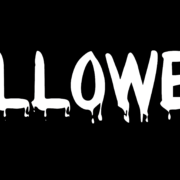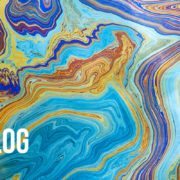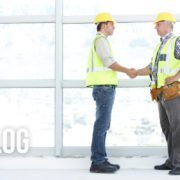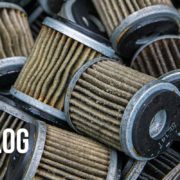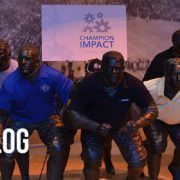Shipping Samples: How to Avoid Leaking Bottles

Are you seeing dark spots on your scanned sample paperwork? Was your sample not run because there was not enough fluid? These are both signs your sample may have leaked in transit. Lucky for you, there are a few simple actions you can take to both prevent samples from leaking and improve your testing experience.
The following questions can help you determine the cause of your sample leaks and help you make improvements.
Are you checking to see if your bottle cap is secure before sending?
When samples are filled with a hot fluid and the lid is secured, the bottle will expand from the heat. Once it has cooled, your cap may no longer be tightly secure. Before you place your sample in the mailer, check to see if each lid is tightly closed. This will help prevent both damaged paperwork and fluid loss.
Are you submitting your samples online via HORIZON®?
If you are using a paper copy of the sample submission form to submit your sample, a leaky bottle can spill on the paper, resulting in hard to read paperwork and processing errors. Using online or mobile sample submission can help you avoid this issue and ensure your sample information is readable by the POLARIS Laboratories® team.
Are you only submitting paper forms?
If you choose to submit your samples with a paper form, instead of HORIZON, it is especially important your bottles are cool and caps are secure. This can protect your paperwork from a leak, ensuring your samples are processed efficiently and accurately. When submitting the paper form, be sure to take advantage of the pocket on the outside of the envelope mailer.
Are you properly packing your paperwork?
The most effective way of avoiding a sample leak is by taking the time to properly pack your samples for transit. Be sure to place your paperwork in the pocket on the outside of your envelope mailer. This will help ensure your paperwork is safe and dry should the sample leak. Double check your work and make sure you are carefully writing all information.
Are you unable to read scanned sample paperwork? Seeing spots?
If you are seeing dark spots on your scanned sample paperwork, your sample is most likely leaking in transit. Check with your maintenance team to verify everyone is following proper procedure when shipping samples. This includes: allowing samples to cool and double checking all sample bottle lids are tightly secured. Submitting samples online or storing your paperwork away from the sample, when placed in the mailer, can also help you prevent damaged paperwork and delayed results.
For more information on sample submission, check out my recent blog post on the Dos and Don’ts of Sample Submission.

Proven Impact. Proven Uptime. Proven Savings.
Let us prove it to you.
Building a Partnership
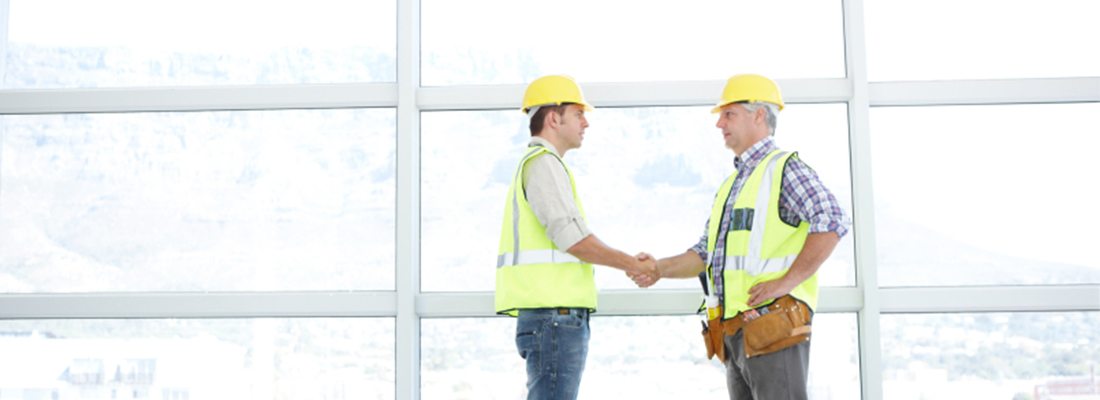
At POLARIS Laboratories® our goal is to work with you to build a healthy and successful fluid analysis program. We do this by viewing our business relationships as partnerships, not transactions. While we supply fluid analysis testing, our main objective is to help you and your business’s maintenance program succeed.
We support this objective by providing our partners with all of the tools, resources and support they need to build a profitable program. Like all partnerships, this relationship has to go both ways. While POLARIS Laboratories® HORIZON® management tool can provide insights into your program health, it is the role of the customer to run the reports and act upon any abnormalities.
The greatest tool we offer is our account managers. More likely than not, you’ve communicated with your account manager about your program sometime in the last month. These individuals are prepared to help you make pivotal decisions about your program structure and testing. Communicating with these knowledgeable individuals is an essential part of building a successful partnership.
Another way we build partnerships is through our private label programs. These relationships help us support our customer’s programs, giving them the confidence of knowing their own client’s analysis will be done at the highest level of quality.
If you’re interested in building a partnership with POLARIS Laboratories® or have any questions about how we can help you improve your already existing program, please feel free to contact us.

Proven Impact. Proven Uptime. Proven Savings.
Let us prove it to you.
Diesel Fuel: Identifying Fuel Filter Plugging

It’s Monday morning, you walk into work and…
1. Your dump truck is down for the count. You spend the rest of the day trying to determine the cause of the issue.
2. You receive your fluid analysis report and realize your dump truck has high particle counts. You schedule downtime for Wednesday to replace the fuel filter.
Which option sounds most appealing? Managing downtime caused by a plugged fuel filter is easy. It all comes down to testing your diesel fuel.
Plugged fuel filters are a fairly common issue to have. Fuel filters are used to remove contaminants from diesel fuel systems. The filter acts as a shield against contaminants, blocking them from entering expensive equipment and causing significant damage. When a filter is plugged it means contaminants such as fungus, bacteria, asphaltenes, and sediments have entered your diesel fuel and latched onto the filter.
A plugged filter can cause a number of issues including insufficient cold weather capability and downtime. Since neither of these problems are fun to manage, determining if your filter is plugged is essential.
We offer a variety of test packages to help you identify what is happening with your diesel fuel including: particle count, pour point, cloud point, thermal stability, and bacteria, fungi and mold.
If you are a current customer interested in testing your diesel fuel, please feel free to email us at custserv@eoilreports.com. If you are a new customer who would like to start a program, fill out this form to contact us.
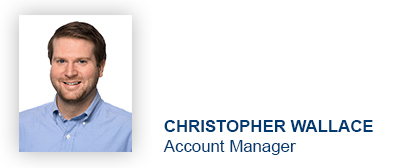
Proven Impact. Proven Uptime. Proven Savings.
Let us prove it to you.
It’s Tradeshow Season

Navigating your way through the chaos of tradeshows can be daunting. I understand, believe me. With as many tradeshows as I’ve attended and booths I’ve organized, I’ve picked up a few tips I can share on making the most of the experience. All I ask in return is that you keep an eye out for POLARIS Laboratories® next time you’re wandering through an exhibit hall.
They key to successfully navigating a tradeshow is to ensure you maximize your limited time by making meaningful introductions and visiting with important contacts you already have. Always enter a tradeshow with a mission: follow these suggestions to get started:
- Plan your route. Before you step foot in the exhibition room, take a look at the layout and determine what booths you have to visit and who you want to learn more about.
- Prioritize. What do you want to achieve from attending the tradeshow? While you’re waiting for your plane to take off or riding the shuttle to the event, outline and prioritize your goals.
- Know your questions. Whether you have scheduled a private appointment with a vendor or are just stopping by a booth, know what questions you need answered and have them ready.
- Take notes. Whether you’re using an iPad or gathering old fashioned business cards, taking notes is the best way to ensure you don’t forget anything valuable.
- Think it through. Before making any hasty decisions about a product or service, take time to think about how the service will help you improve your business. It is okay to close with plans for a follow up post-show.
- You don’t have to go it alone. If there’s someone in your company that could benefit from obtaining new information, bring them along!
- Have fun. Tradeshows are an exciting learning opportunity and a great way to make new contacts in the industry. Plus, who doesn’t love to be away from the office for just a little bit?
You can visit the POLARIS Laboratories® booth at the International Maintenance Conference in Bonita Springs, Florida from December 12 to 16. Look for booth #415. Hope to see you there!
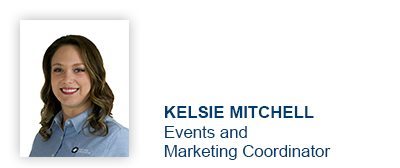
Proven Impact. Proven Uptime. Proven Savings.
Let us prove it to you.
Published October 9, 2016
Preparing for Winter Weather

Did you know your coolant and diesel fuel can both be negatively impacted by nasty winter weather? Monitoring your fluids before this unpredictable season can help you avoid damage to your equipment as well as unexpected downtime.
There’s nothing worse than having an asset break down in the cold, snowy slush of winter. To keep any unwanted damage from occurring, you need to make sure you are performing the right tests on your coolant and diesel fuel.
When you start monitoring your diesel fuel, cloud point, pour point, and cold filter plug point testing can help you determine if your fuel is able to perform at low temperatures. It’s important to conduct these tests as, in cold weather, the paraffins in your diesel fuel will form filter clogging wax crystals– causing a major engine issue.
Coolant can also run into trouble in the winter. When glycol levels are low, the freeze protection may not be adequate for the winter cold. This is a major problem that results in extremely expensive repairs plus downtime to fix the issue. Testing your glycol percent and refraining from mixing your coolant can help you avoid any unplanned maintenance.
To learn more about how winter can impact your equipment health, download this winter health sheet. If you have any questions feel free to contact us at custserv@eoilreports.com.
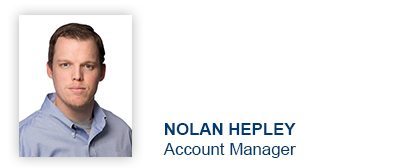
Proven Impact. Proven Uptime. Proven Savings.
Let us prove it to you.
2016 Customer Summit Recap

Thanks to an amazing group of speakers and sponsors, the 2016 Customer Summit was a huge success! Not only did we have a fantastic turnout but our customer’s left with the knowledge they need to champion impact in their oil analysis programs.
The diverse experiences and perspectives shared by our presenters provided those in attendance with valuable insight into the world of oil analysis and equipment maintenance. Narratives as powerful as what we heard this year are meant to be shared. If you were unable to attend, I’ve put together 10 key takeaways from the speaker’s presentations I would like to share.
- Your oil analysis program champion is the key to integrating proactive testing into your maintenance program.
- When you find an opportunity to improve, you have to take it. Oil analysis is your opportunity to improve the quality of your maintenance program.
- Instead of praising the repairman who fixes an equipment failure, praise the person who prevents the failure from occurring in the first place through maintaining your fluid testing.
- The Five R’s of Lubrication are right type, right quality, right time, right location and right method.
- When you’re working to eliminate reoccurring equipment problems, document everything. Documentation of personnel, time and program changes is essential for achieving continuity.
- Effective communication plays a key role in program improvement. Practice communicating your oil analysis goals and successes to both management and your maintenance team.
- Reviewing and understanding your management reports is incredibly important. It can save you time and help you ensure you are successfully tracking every component.
- Common challenges faced by companies in the early stages of their oil analysis program include: language barriers in communication and documentation, ineffective component identification, inconvenient location of sites, resistance to change and a failure to ask questions.
- If you want your maintenance team to ‘buy-in’ to oil analysis, you have to make a strategic effort to motivate them and measure their sample volume. Challenge your teams by creating a competitive environment to maximize your testing program.
- Surround your program champion with a good team who can support and bolster their efforts.
The Customer Summit is a fantastic opportunity to learn how to start and improve your oil analysis program by listening to leaders in the industry. While this year’s summit has drawn to a close, we are already planning for next year. If you’re interested in attending or sponsoring next year’s summit, please feel free to reach out.

Proven Impact. Proven Uptime. Proven Savings.
Let us prove it to you.
Published September 30, 2016
Engine Specific Test Packages: Basic vs. Advanced

When starting your oil analysis program, deciding which test package to use for your engine can be intimidating. You have to make an important decision between testing the condition of your oil vs. the life of your oil.
Maintenance professionals concerned with the condition of their oil usually go with a basic package that includes the testing required for analysts to detect basic equipment wear and lubricant contamination. The package includes:
- Elemental Metals Analysis (24 by ICP)
- Fuel Dilution % (Diesel/Gasoline Only)
- Water by Crackle (estimate)
- Fuel Soot % (Diesel/Gasoline Only)
- Viscosity at 40 degrees or 100 degrees Celsius
In contrast, the advanced package is usually chosen by experienced maintenance professionals who are concerned with extending their drain. The package includes the testing required for our analysts to detect basic equipment wear, lubricant contamination and lubricant life:
- Elemental Metals Analysis (24 by ICP)
- Fuel Dilution % (Diesel/Gasoline Only)
- Water by Crackle (estimate)
- Fuel Soot % (Diesel/Gasoline Only)
- Viscosity at 40 degree or 100 degrees Celsius
- Oxidation
- Base Number
- Nitration
The three additional tests performed in advanced packages are used to determine the maximum drain interval. Maintenance teams often have these tests performed because of the high cost of savings that comes with extended drains.
The first test, oxidation, measures the breakdown of a lubricant due to age and operating conditions. It prevents additives from performing properly, promotes the formation of acids and increases viscosity.
Testing for nitration indicates excessive “blow-by” from cylinder walls and/or compression rings. It also indicates the presence of nitric acid, which speeds up oxidation. Nitration is primarily a problem in natural gas engines.
The base number test measures a lubricant’s alkaline reserve or ability to neutralize acid. As the base number depletes, the lubricant’s ability to effectively neutralize acids is diminished. A base number of at least 25% of the new oil’s value is recommended to protect engine parts.
In addition, the advanced package can be tailored to fit the needs of the program, whether the team is more focused on preventive or predictive maintenance.
If you have any questions about which test package best fits your program needs, please feel free to contact our team at getstarted@polarislabs.com.

Proven Impact. Proven Uptime. Proven Savings.
Let us prove it to you.
How Clean Do Sample Bottles Need to Be?
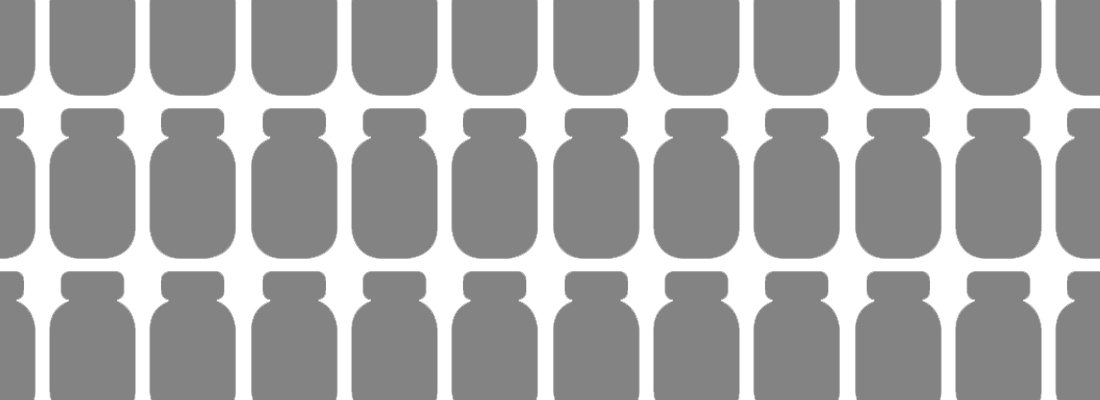
There are a wide range of opinions regarding how clean an oil analysis sample bottle needs to be. While it is a fact that most oil testing equipment is sensitive enough to detect the difference between using ISO “Clean” (100 particles greater than 10 microns per milliliter), “Superclean” (10 particles), and “Ultraclean” (1 particle) bottles, the only reason to use a more expensive Superclean or Ultraclean bottle would be if the additional particles would change the maintenance recommendations.
Instead of focusing on the tests and ISO charts, efforts should be put towards figuring out the cleanliness target for each piece of equipment. Any level of cleanliness is attainable, but the particle cleanliness level should be balanced with the maintenance cost of sustaining that cleanliness. Keeping the inside of equipment clean is a long-term investment, and it’s up to you to determine where the right place to invest is.
For example, a hydraulic system sitting in a clean room with light use could easily achieve a 16/14/10 ISO cleanliness rating. Investing time and money to test the oil and then filter the sump as needed could yield significant equipment life extension. In this case, an ISO Superclean bottle might be appropriate to use because an additional 100 particles/milliliter using a “Clean” bottle has the potential to trigger an unnecessary service event.
Alternately, it would take a comparable fortune to maintain a 16/14/10 rating if that same hydraulic system was in a room surrounded by rock crushers. It would be a challenge not to contaminate a -Superclean sample jar simply by opening it in that dusty of a room. In this instance, a Clean sample bottle may be a more appropriate choice depending on your needs for equipment uptime, expected lifecycle, and maintenance costs. If samples need to be collected in locations with high environmental contamination, you might consider an alternative solution, such as relocating the sample point outside the dusty environment.
Some oil analysis users even consider using Ultraclean jars on occasion. While these yield some impressively consistent, valuable results, the need for this level of bottle cleanliness is simply beyond even high-performing maintenance programs. Outside of a research application, few would realize a benefit due to the difficulty in preventing particulate contamination when collecting samples. Aside from being exorbitantly expensive, they are frequently made of glass which can be a hazard.
It’s important to collect oil samples in a clean container, but using Superclean and Ultraclean containers may raise expenses without seeing much gain. The average maintenance program will see the most benefit from using ISO Clean jars if they are running particulate and cleanliness testing based on experience, but if you have questions about the containers you are using I’m available at ablack@polarislabs.com to help you find the best solution for your program.

Proven Impact. Proven Uptime. Proven Savings.
Let us prove it to you.
HORIZON®: How To Add Equipment
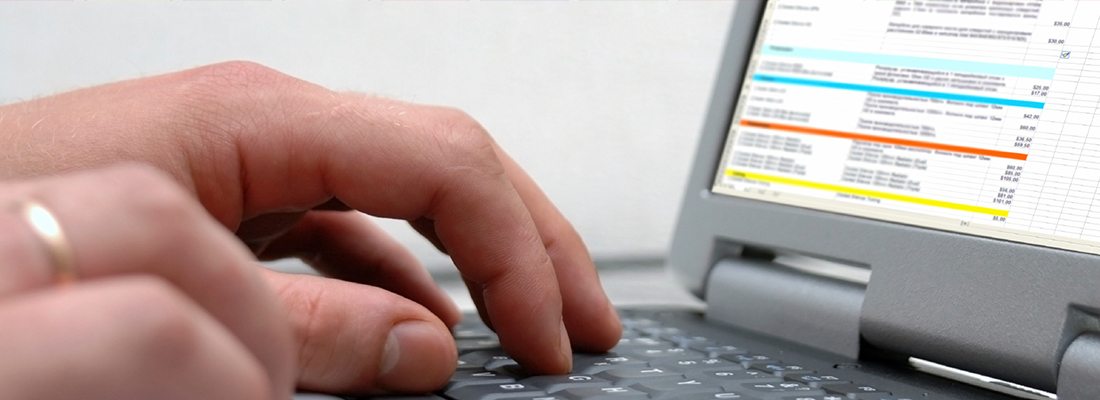
The HORIZON® management tool is an incredible resource for you and your maintenance team. Using the system, you can submit samples, view sample reports and submit actions taken. In order to make the most out of your use of HORIZON, it’s important to keep your system information up-to-date.
Adding new equipment directly into your HORIZON equipment list can help simplify your sample submission process.
Luckily, it’s easy to do. For a more in depth look at this procedure, check out this technical bulletin or watch this video. In the meantime, here’s a quick look at the steps to add equipment into your HORIZON account.
Navigation from the Dashboard
- From the menu tab bar, click on Equipment Management and select “Add Equipment” from the drop-down list that appears.
Account Selection
- Select one account for the new component and click the green arrow at the top. You can filter the columns by typing in the fields or sort them by clicking the arrow to the right of the field.
Component ID
- Components can be named one of two ways: Asset Detail Abbreviations or Direct Naming.
- Type in those fields to automatically filter the list of eligible entries and select your choice using your mouse or the “Enter” button.
Component Values
- Provide as much information as possible for more precise recommendations.
Filter Values
- Provide the type of filter and micron size rating (if any) on the unit.
Product Values
- The Product Values is the type of fluid typically used in the component.
Wild Card
- Wild Card values can be utilized for any additional information you would like reflected on the sample that isn’t already available using the other fields.
Continuing
- Once you are satisfied with all of the information in the Component List and the current screen, click “Review and Save”.
Review
- This screen allows you to review the Component ID, Secondary ID and Component Type.
- A CSV file of the components can be downloaded for your records.
- Click “Add Another Component” to add another component to that account or “Confirm” to add the components.
For additional questions about the HORIZON management system or app, please contact us at custserv@eoilreports.com.
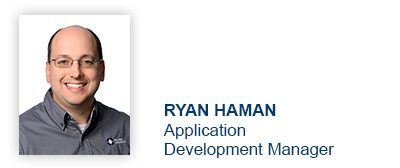
Proven Impact. Proven Uptime. Proven Savings.
Let us prove it to you.
POLARIS Laboratories® helps improve your equipment reliability through a full suite of fluid testing, certified analysis and data integration to get your maintenance on the right track.
OUR SITE
SERVICES
Oils/Lubricants
Coolants/Antifreeze
Diesel Fuel
Grease Analysis

